Daylight lasts a little longer each day, the grass grows a little bit taller and the trees become a little bit greener. It’s springtime in the Last Frontier, and Alaskans across the state are preparing for a summer of fishing, hiking, riding, and flying. Spring is the warm-up for summer, and foragers that were otherwise kept indoors are now making their way into the woods and swamps, searching for a variety of edible wild plants and fungi.
Perhaps the most popular of Alaska wild edibles in spring is the fiddlehead.

What’s a Fiddlehead?
The fiddlehead is the young, curled start of a fern. The two most common varieties found in Alaska — and considered the safest to consume — are the Lady Fern Fiddleheads and Ostrich Fern Fiddleheads. Both can be found in low-lying areas of birch forests and moist areas around swamps (neither of which Alaska lacks).
Fiddleheads can be identified by their tightly wound curls on the top of long, green stems that protrude from the leafy duff on the forest floor. They may be found in small groups ranging from just a few to over a dozen emerging from one cluster.
The Ostrich Fern Fiddlehead can be identified by their smooth green stems with a deep u-shaped valley running the length of the stem. They also commonly have a papery-brown sheath surrounding the top of the curl. Ostrich Fern Fiddleheads are the most desirable among foragers, known to have a better flavor than other varieties.
The Lady Fern Fiddlehead can be identified by a papery-brown sheath that follows the green stem all the way from the bottom to the tightly wound curl at the top. The stems have a U-shaped valley running along their length, albeit not as pronounced as on the Ostrich Fern Fiddlehead.
There are other varieties of fiddleheads, and foragers should have a basic knowledge of how to identify which types of fiddleheads are safe and which are not. When in doubt, foragers should consider passing on harvesting fiddleheads.
Many online resources are available for identification, including the Alaska DNR website:
https://dnr.alaska.gov/ag/akpmc/pdf/Fiddleheads.pdf
This knowledge is especially important for those exploring Pacific Northwest foraging, where similar fern varieties grow.
Why Pick Fiddleheads?
Fiddleheads are enjoyed for their wonderful table fare, resembling that of an earthy asparagus and having a similar consistency. Foraging for fiddleheads has been recorded within Native Alaskan communities for generations, valued for their edibility and medicinal properties.
Spring foraging is also a great excuse to get outdoors and explore after a long winter. It can be a peaceful solo endeavor or an opportunity to spend time with friends and family.
Harvesting Fiddleheads
Once a cluster of fiddleheads has been discovered, foragers should carefully consider the variety they observe. Foragers can snap the unfurled fronds from their stems by hand or using a knife. It is important to note that only unfurled fronds should be harvested, and the tighter the curl, the better.
Tip for sustainable harvesting: Never harvest more than half of the fronds from a single cluster to avoid causing irreparable damage to the parent plant.
Using purpose-built foraging tools such as Fiddlehead Foraging Bags keeps the young fronds safe, clean, and cool. These bags are especially handy because they allow full range of motion while harvesting fiddleheads and easily swing out of the way when not in use.

Foraging Tools & Harvesting Tools to Bring Along
While fiddleheads can be picked by hand, having the right harvesting tools can make a big difference in efficiency and plant safety. Here's a simple list of recommended gear for any spring foraging trip:
-
Lightweight foraging bags or baskets with airflow
-
A small knife or garden scissors for clean harvesting
-
Field guide to edible wild plants
-
Gloves (optional for rough terrain or cold mornings)
-
Containers or coolers for transporting harvested fiddleheads
And always remember: Fiddleheads should only be harvested where legal to do so. It is the responsibility of the forager to know the land he or she is using to access fiddleheads.
Preparing Fiddleheads for Consumption
⚠️ CAUTION: Eating raw or undercooked fiddleheads is unsafe due to high levels of natural toxins in the plant.
Once foragers have brought their prize home, the brown papery sheath should be removed from the fiddleheads. This can be accomplished using a strainer and washing them under running water in the sink.
Once cleaned and the sheaths removed, the fiddleheads should be boiled in a pot of water for no less than 15–20 minutes. The water will become brown as toxins leach out from the plant. This water should be discarded, and the fiddleheads rinsed again before cooking.

Popular ways to enjoy fiddleheads include:
-
Roasting
-
Sautéing with garlic and butter
-
Adding to fresh spring salads
-
Making a flavorful fiddlehead pesto
The Time for Fiddleheads Is Now!
Now is the time to capitalize on this unique foraging opportunity. Spring is a short, but welcomed, season in Alaska. Foraging for fiddleheads is a fun, easy way to get outdoors and a warm-up for the long summer days ahead.
Whether you're exploring the backcountry for Alaska wild edibles or just getting started with Pacific Northwest foraging, fiddleheads are the perfect gateway into the diverse and delicious world of spring foraging.


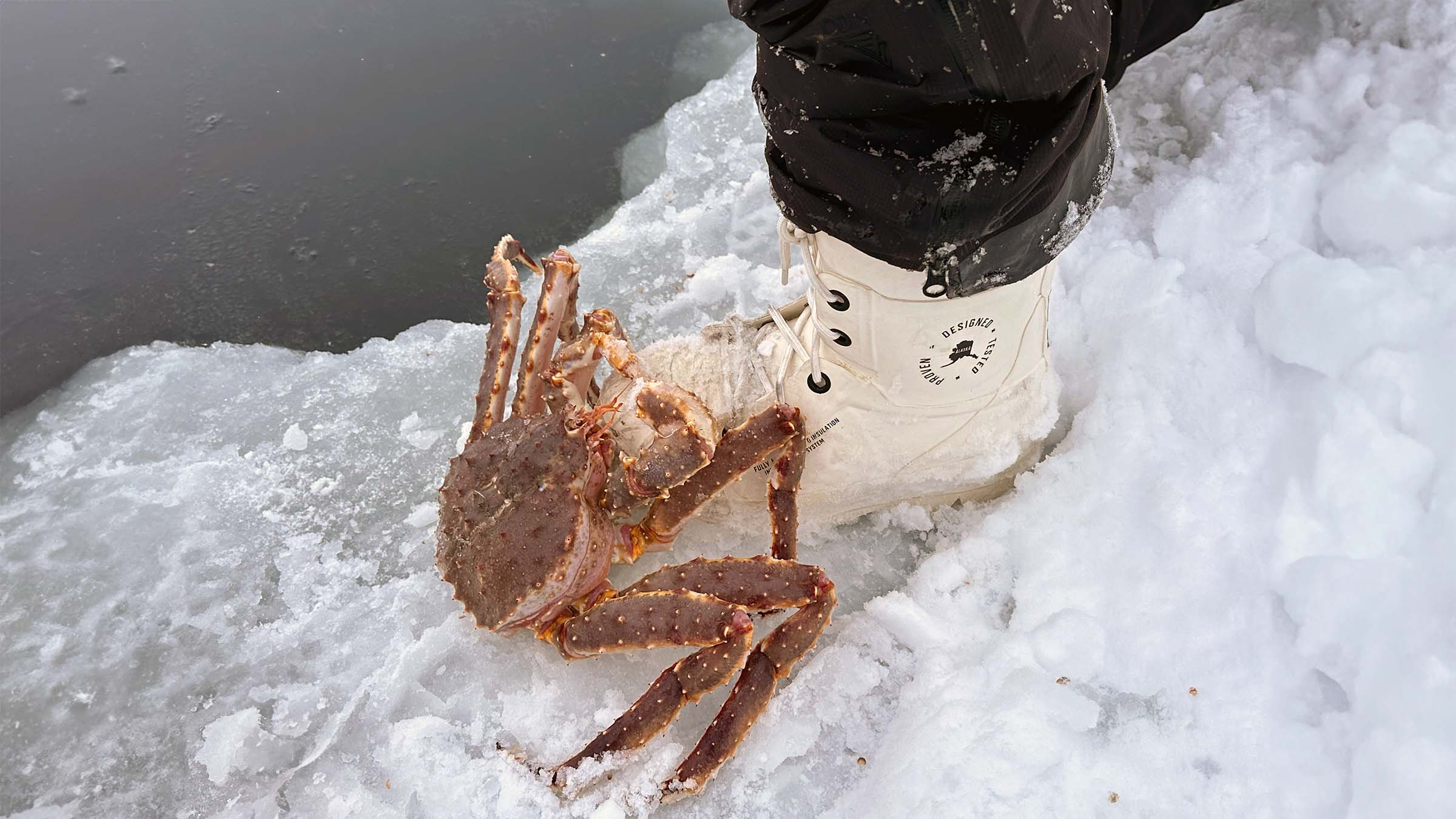


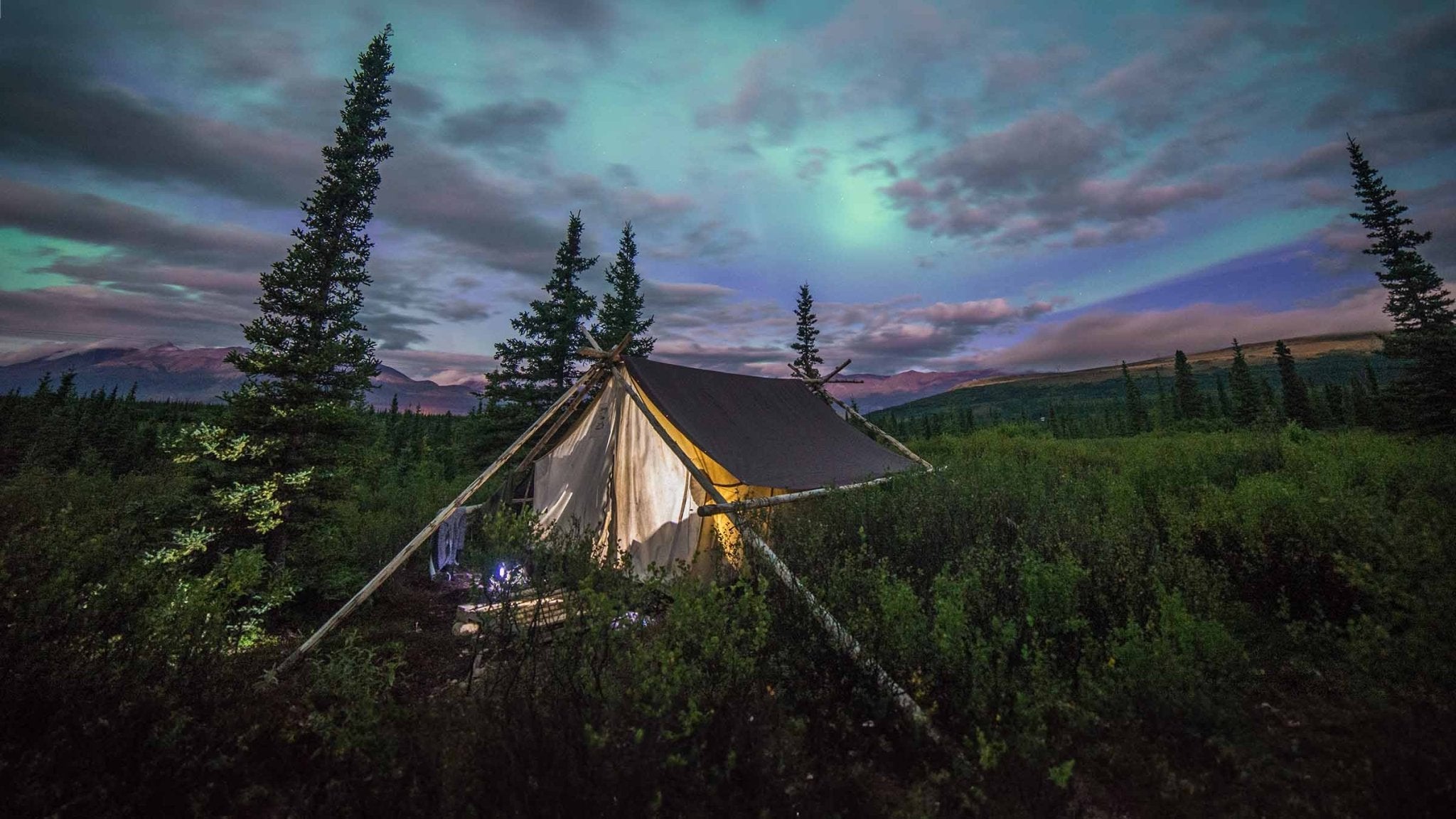
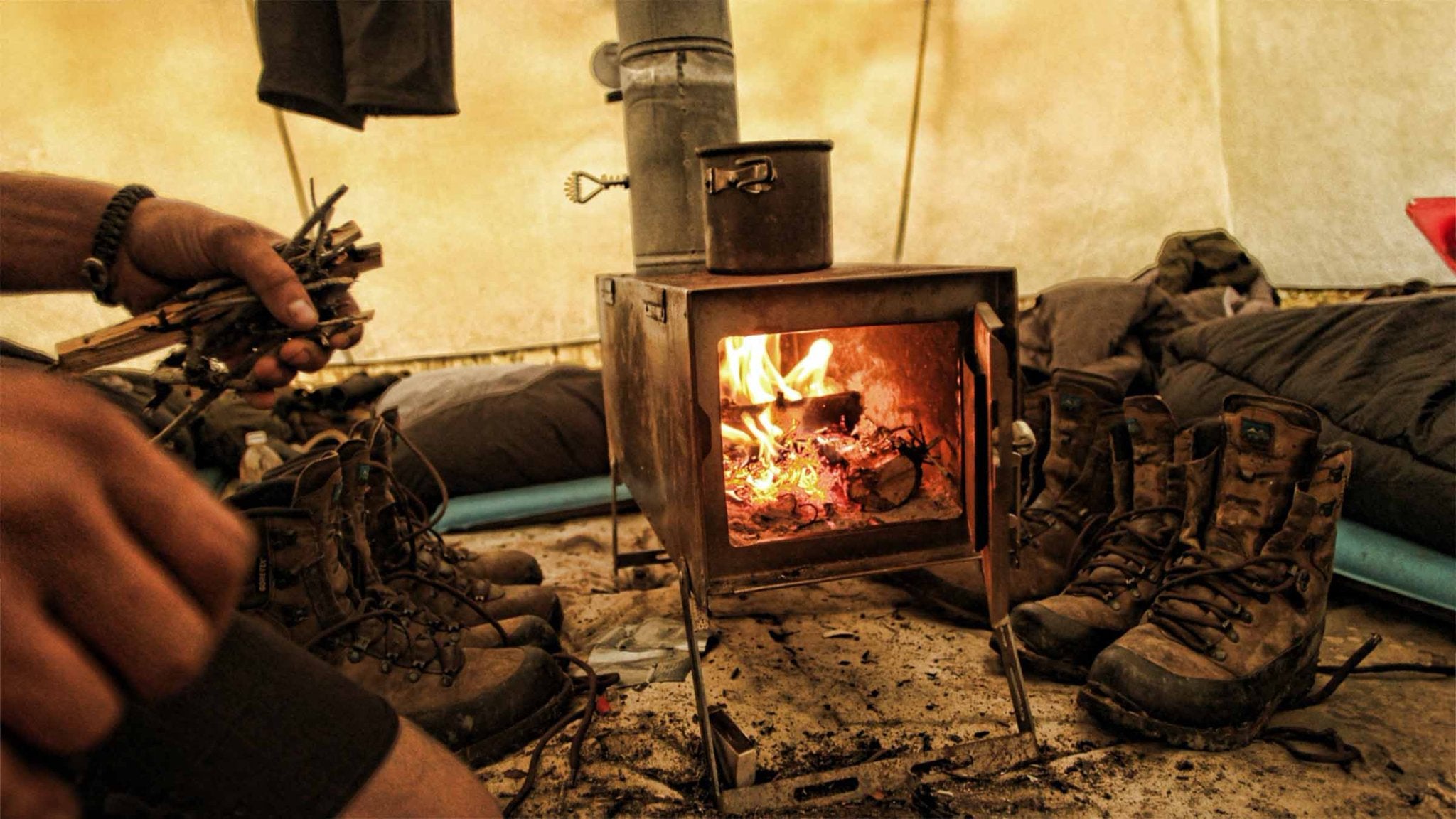
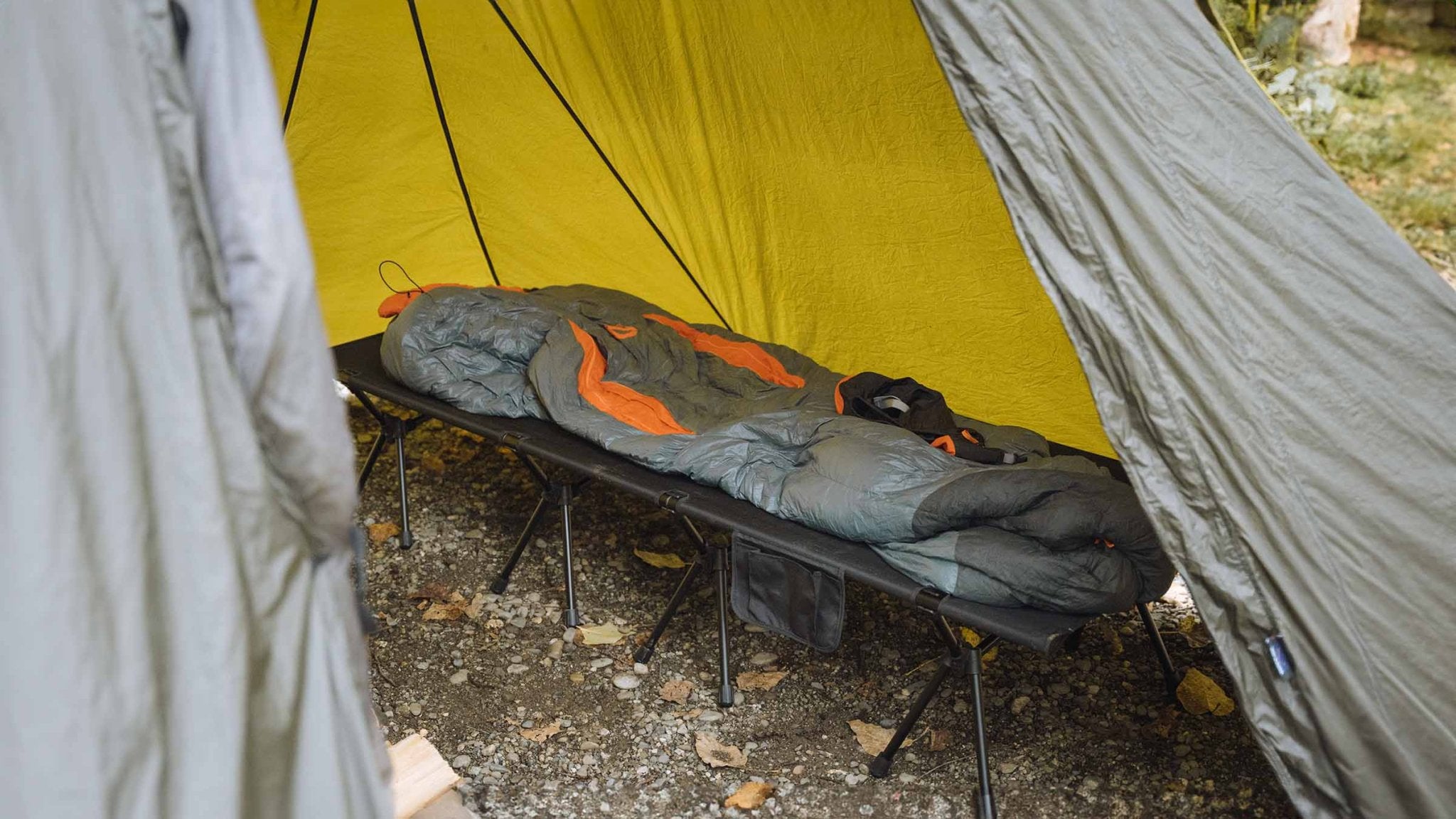
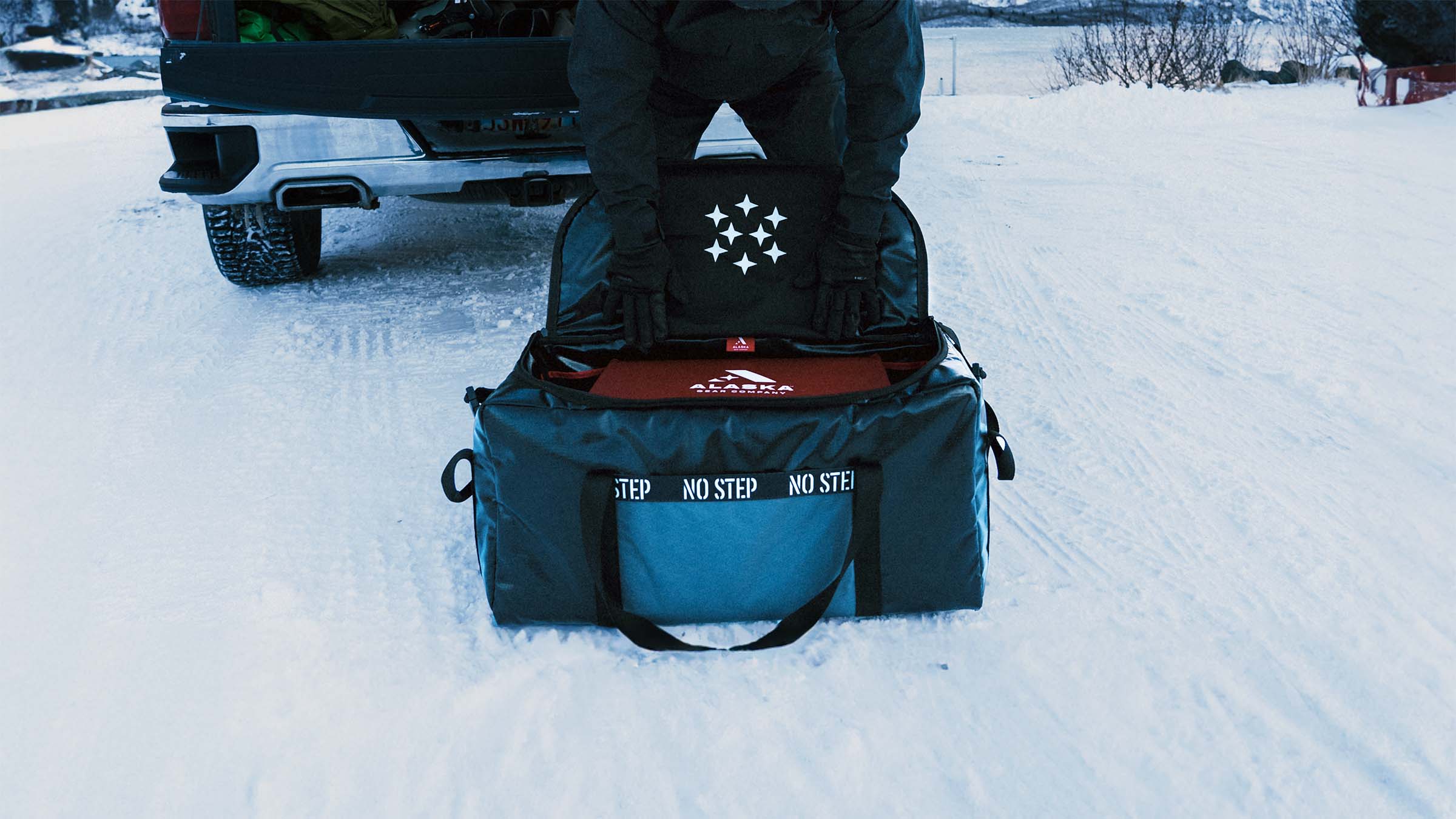
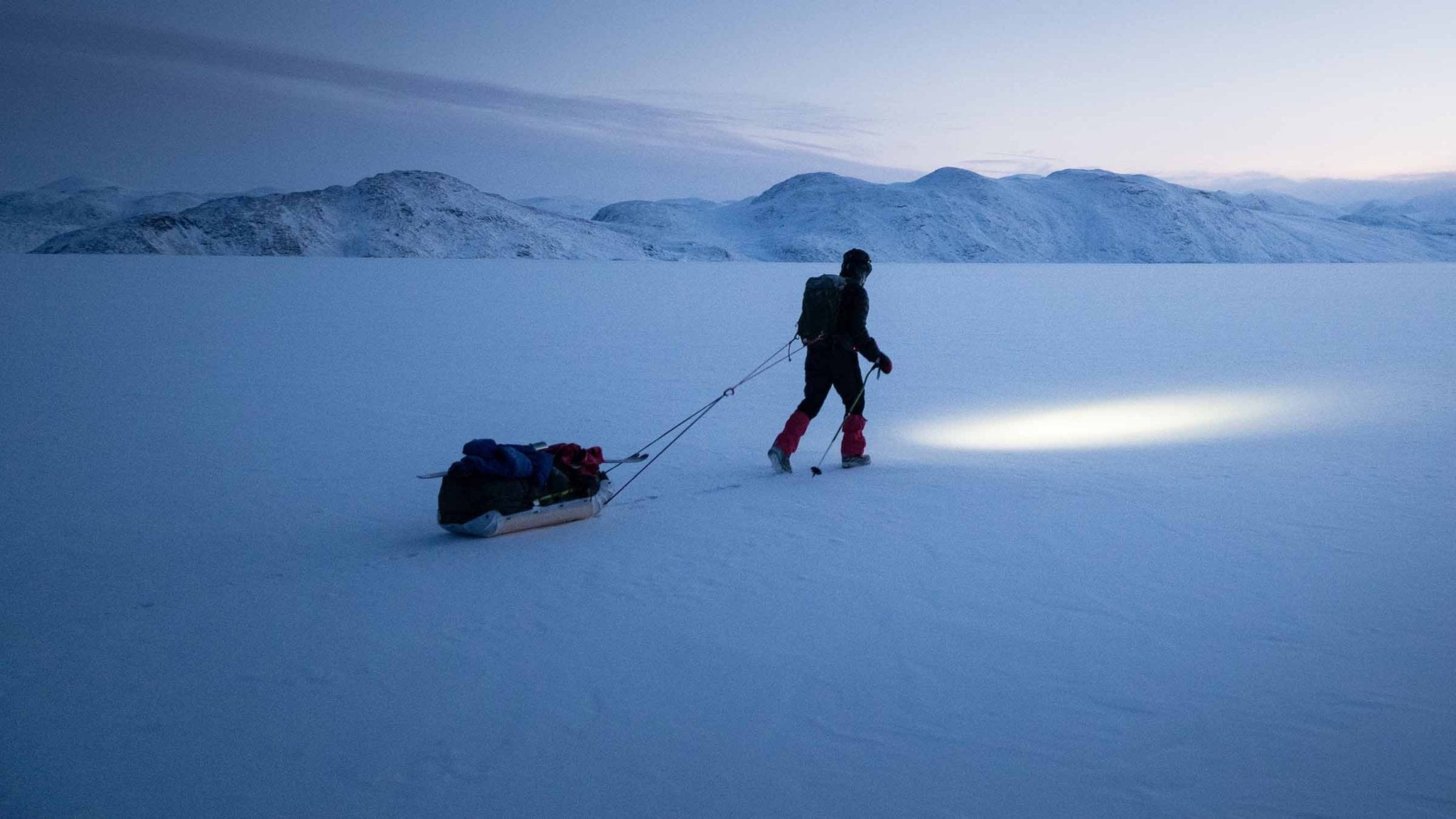
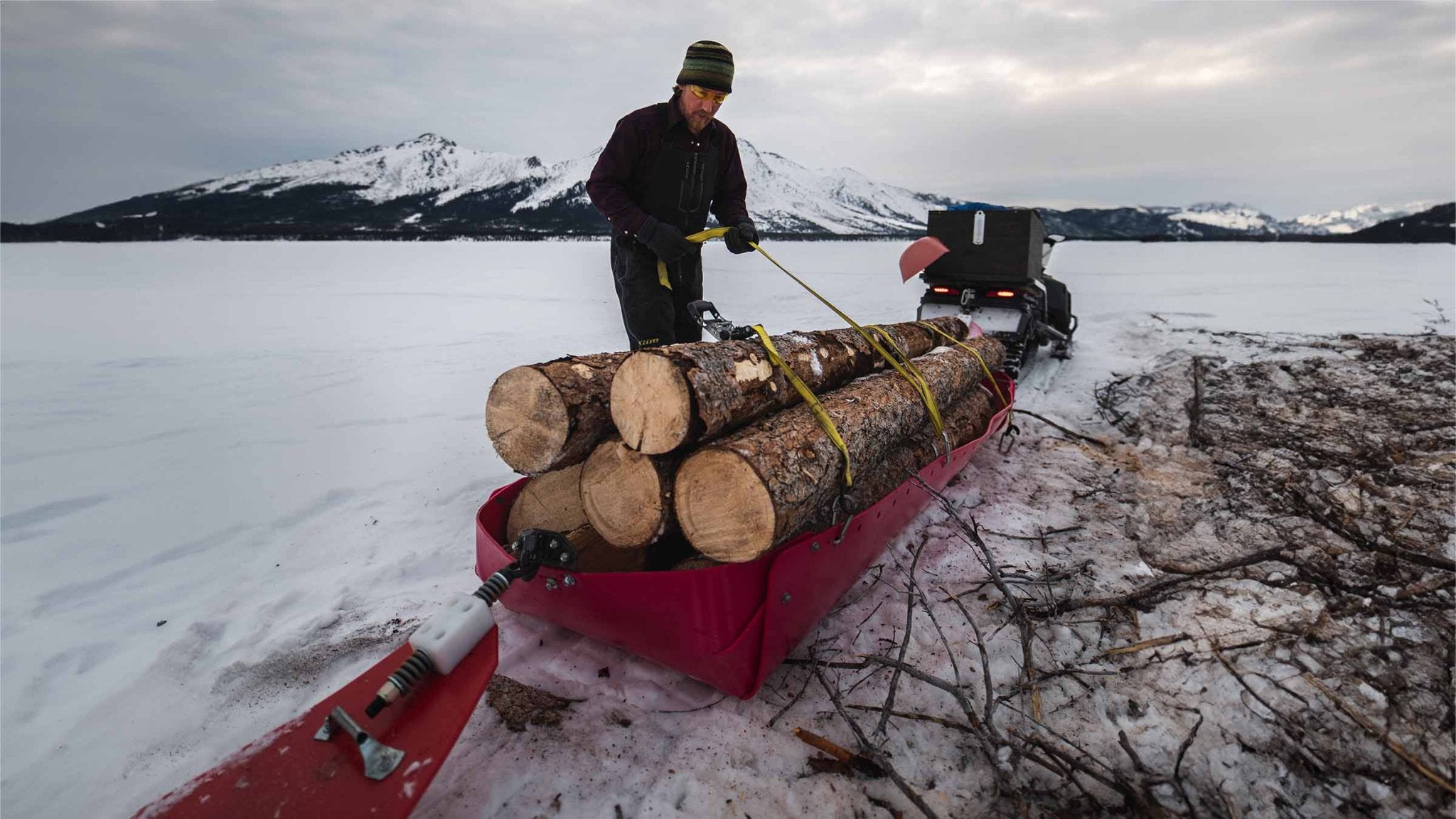
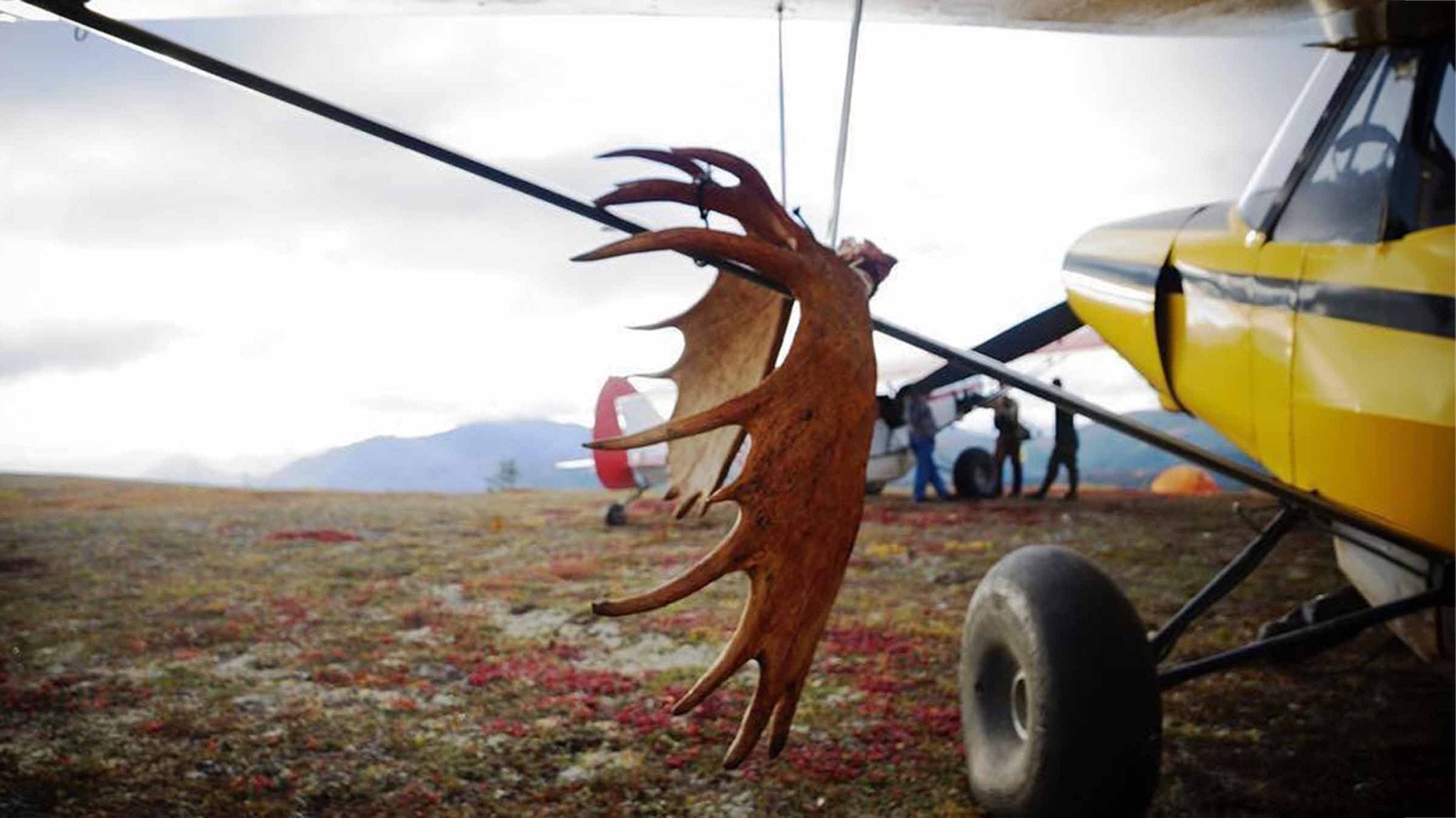
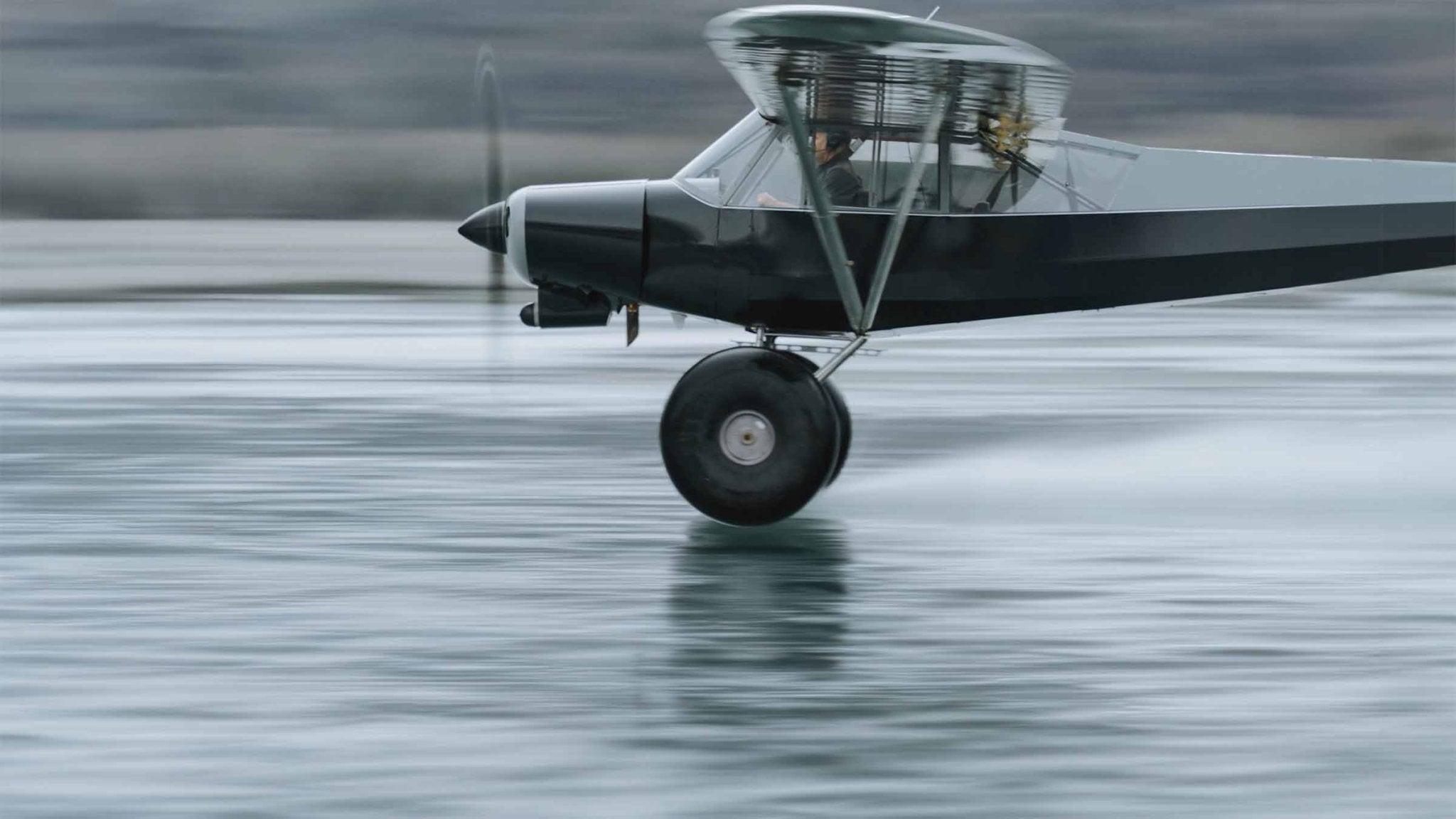
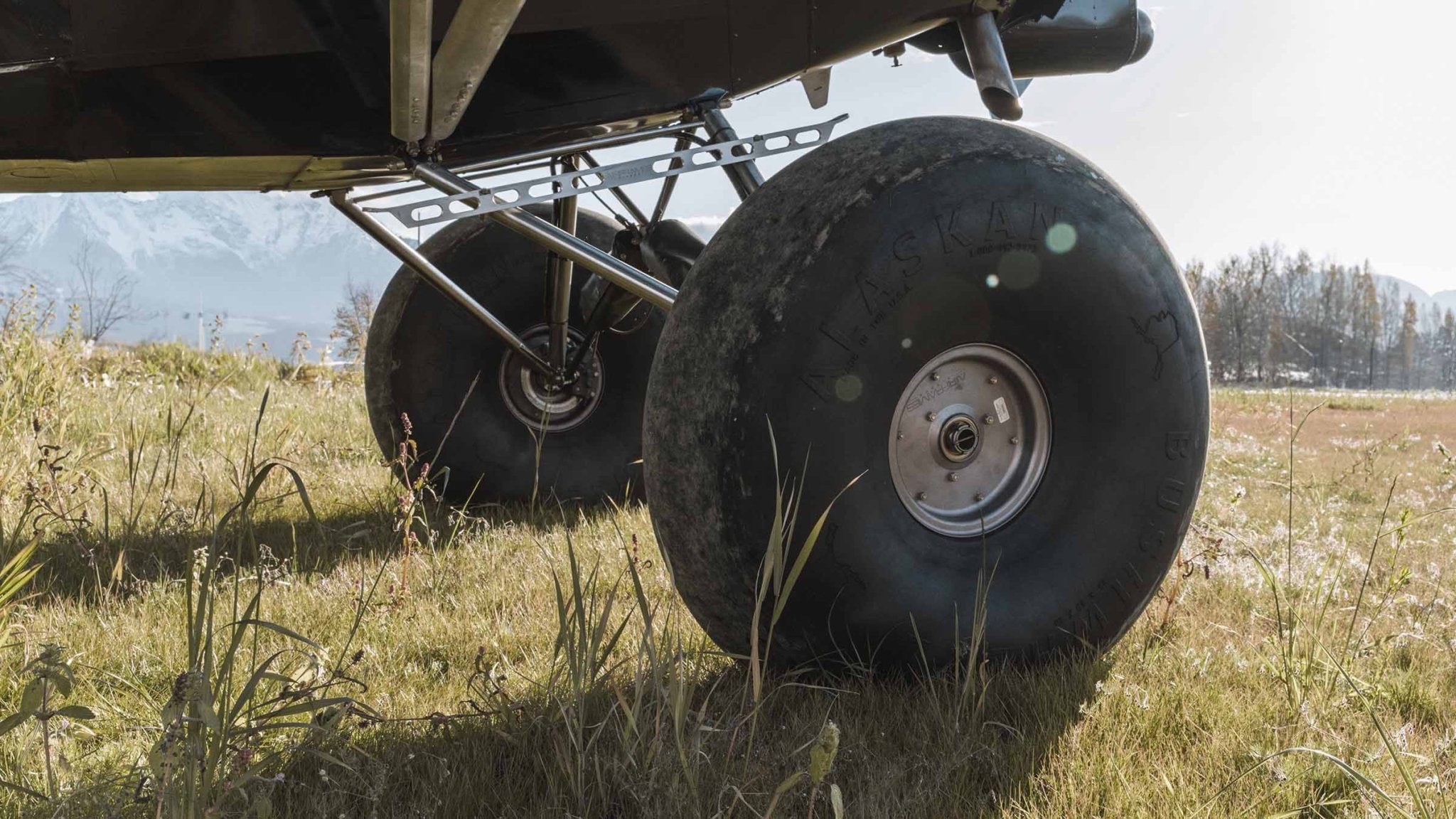
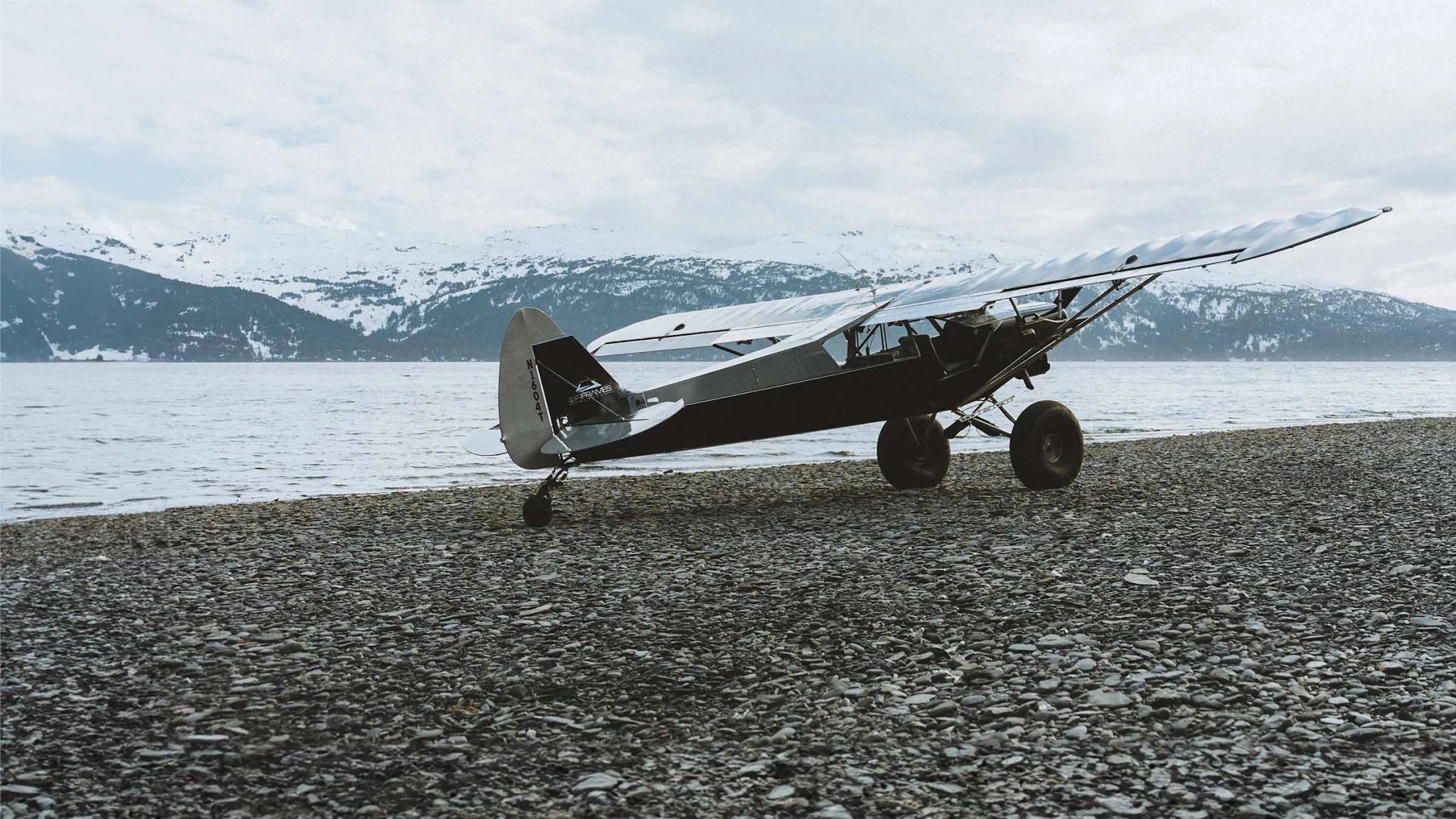
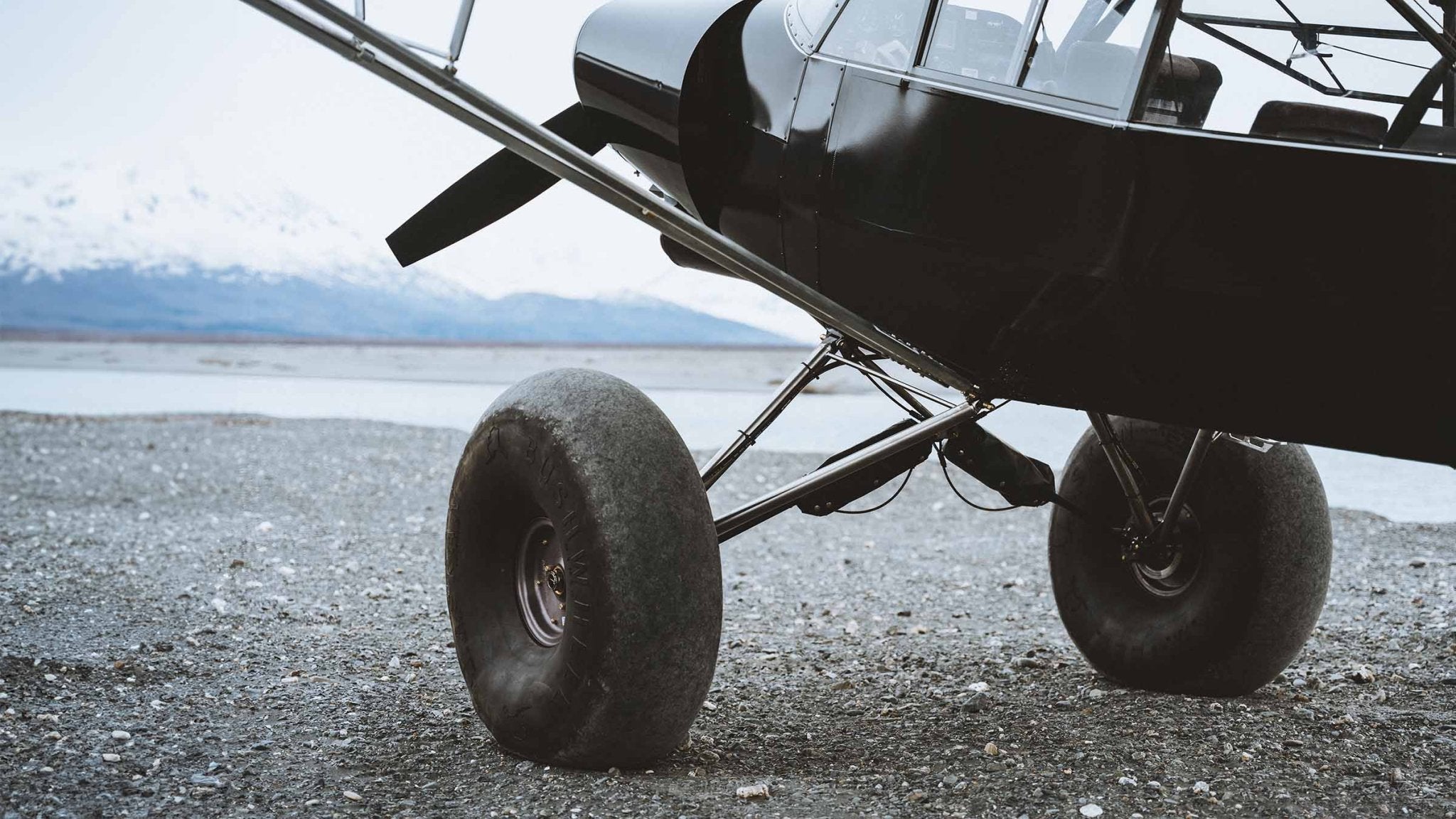
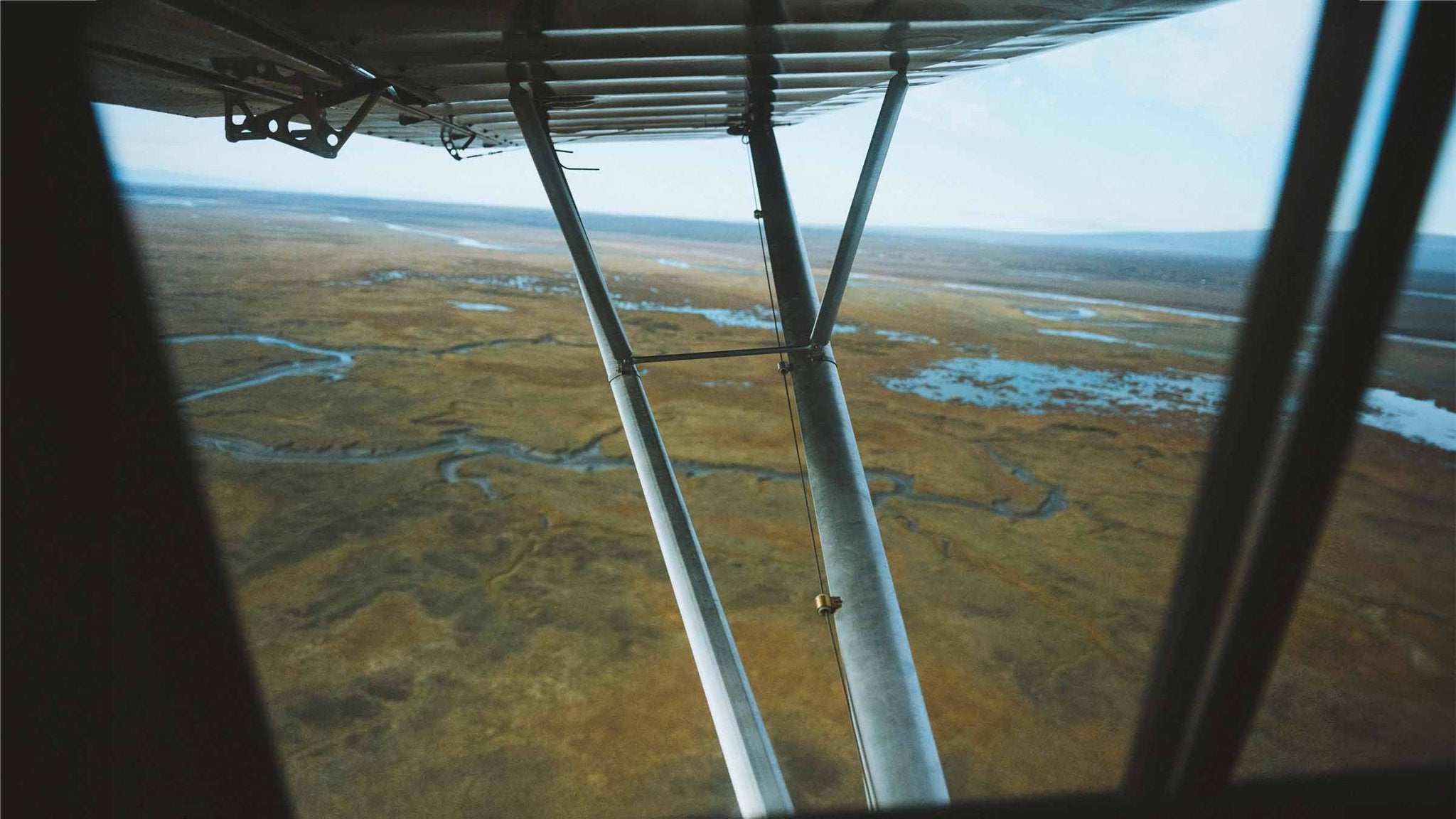
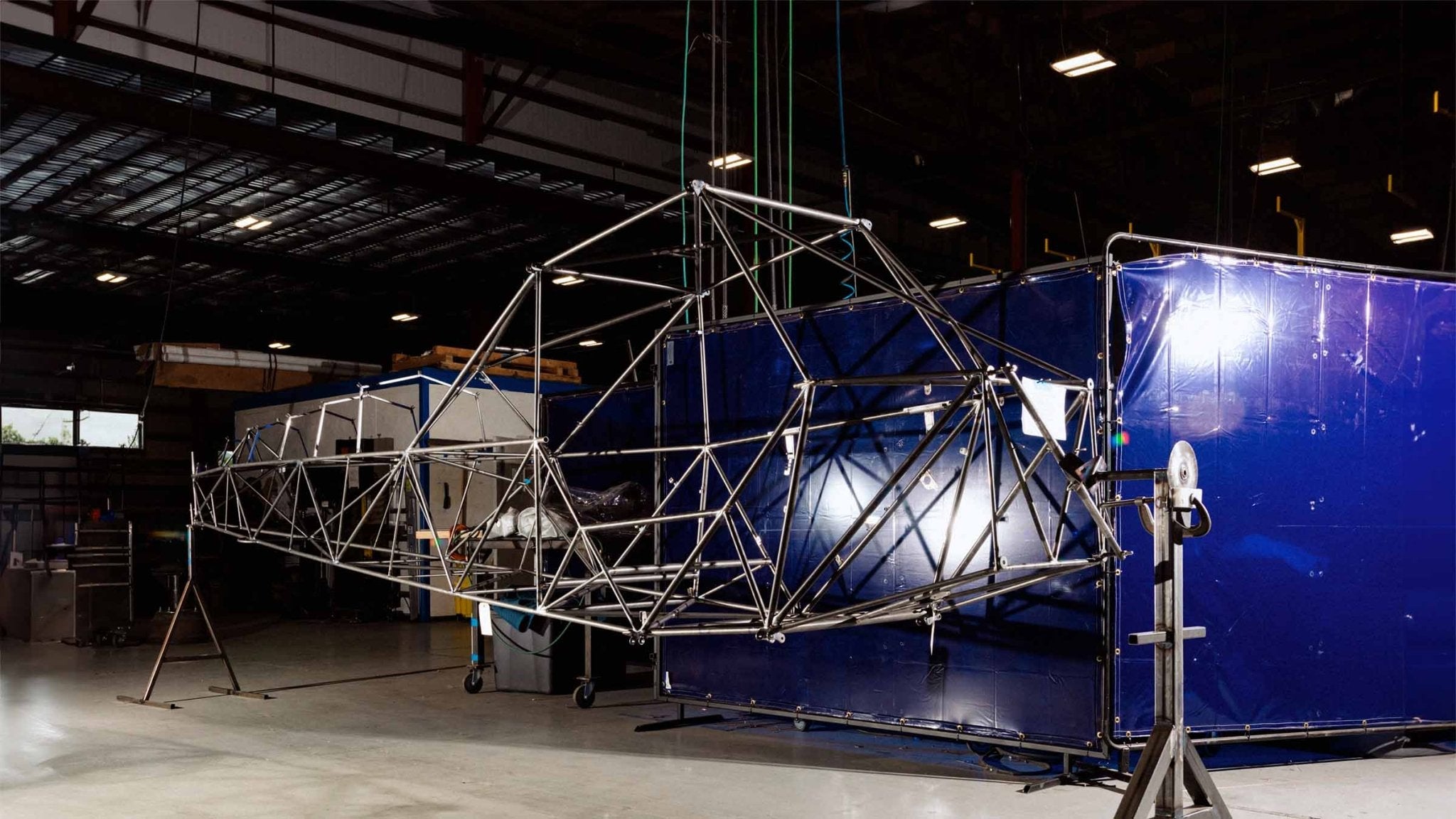
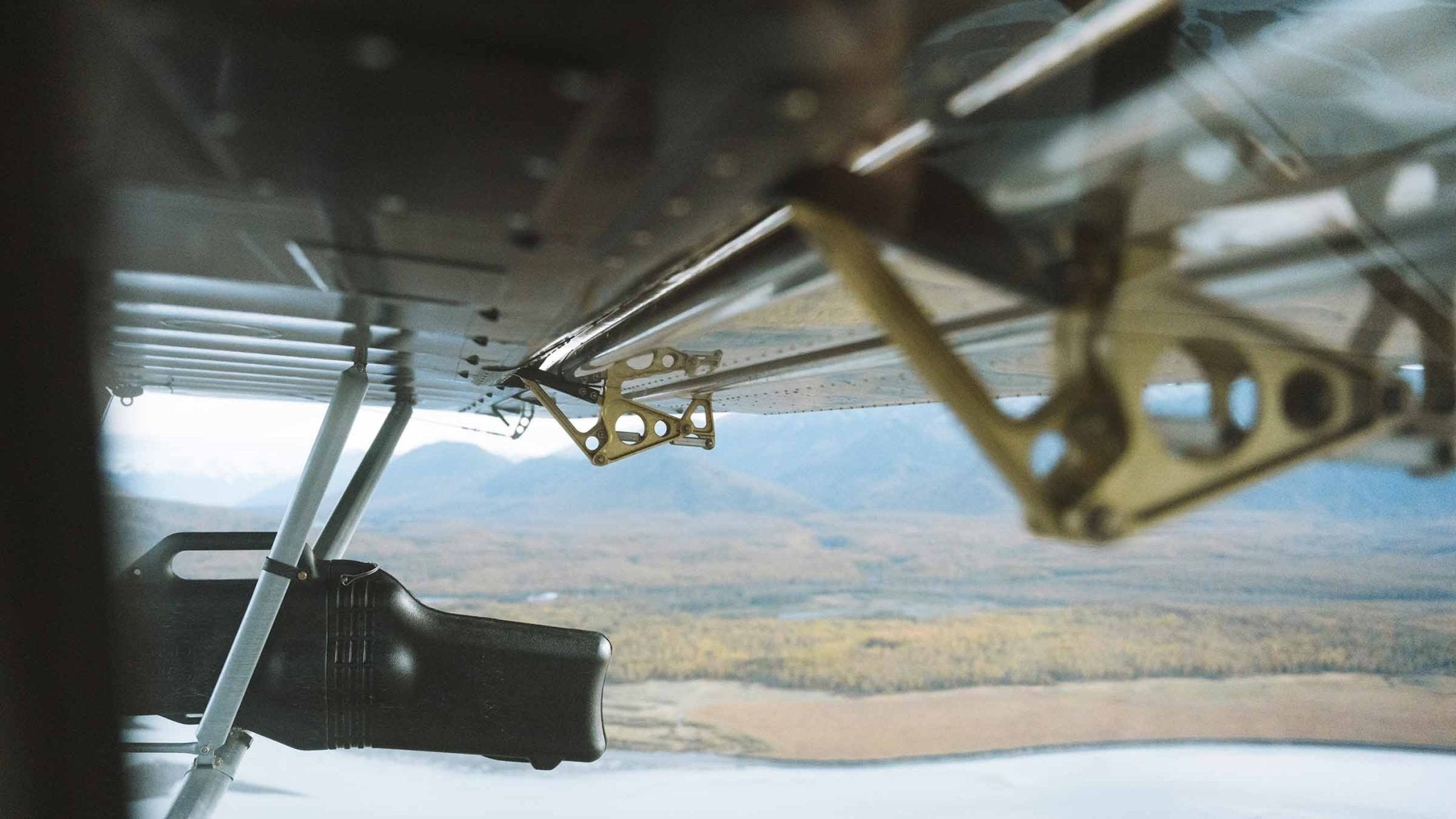
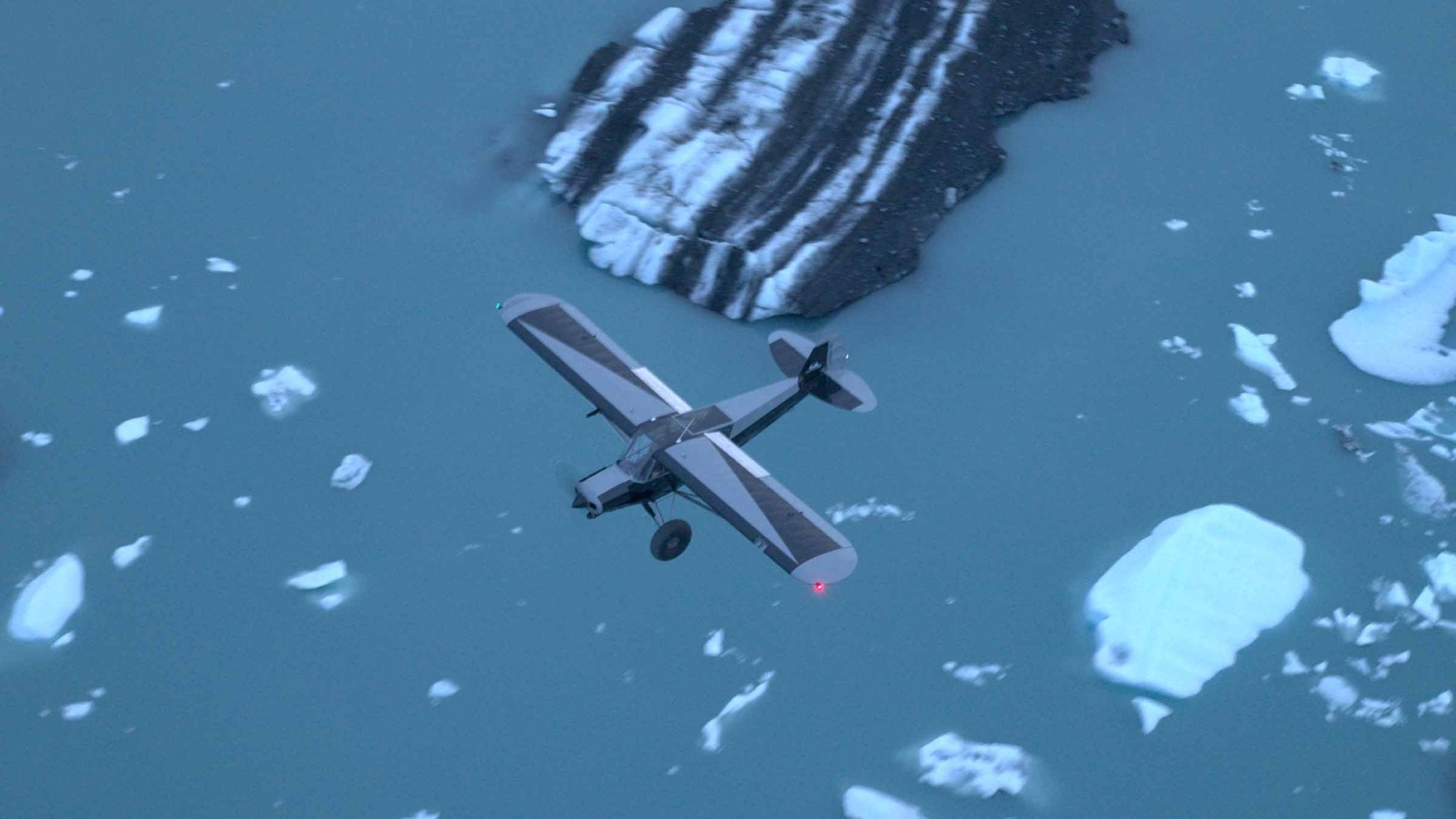
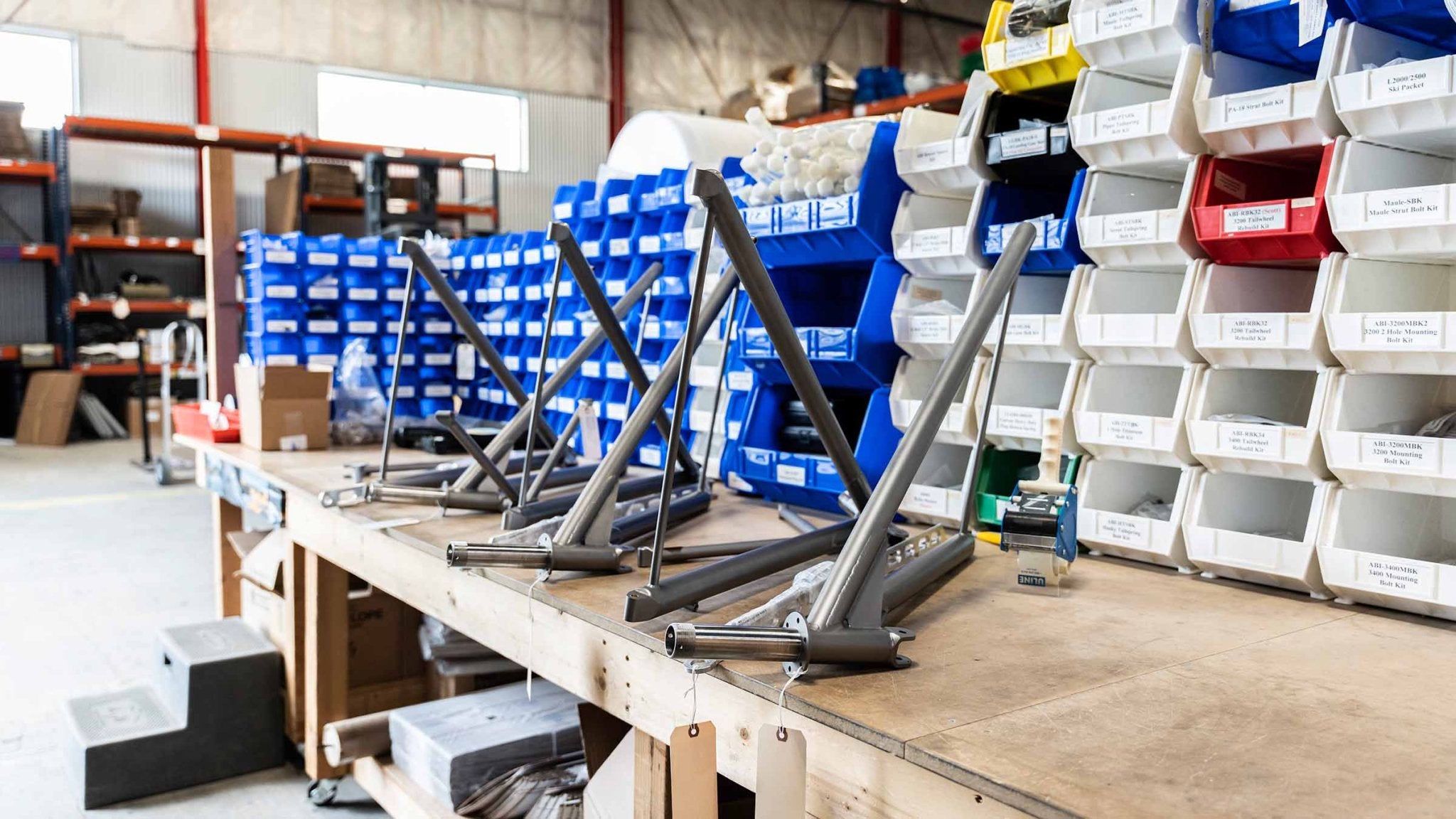
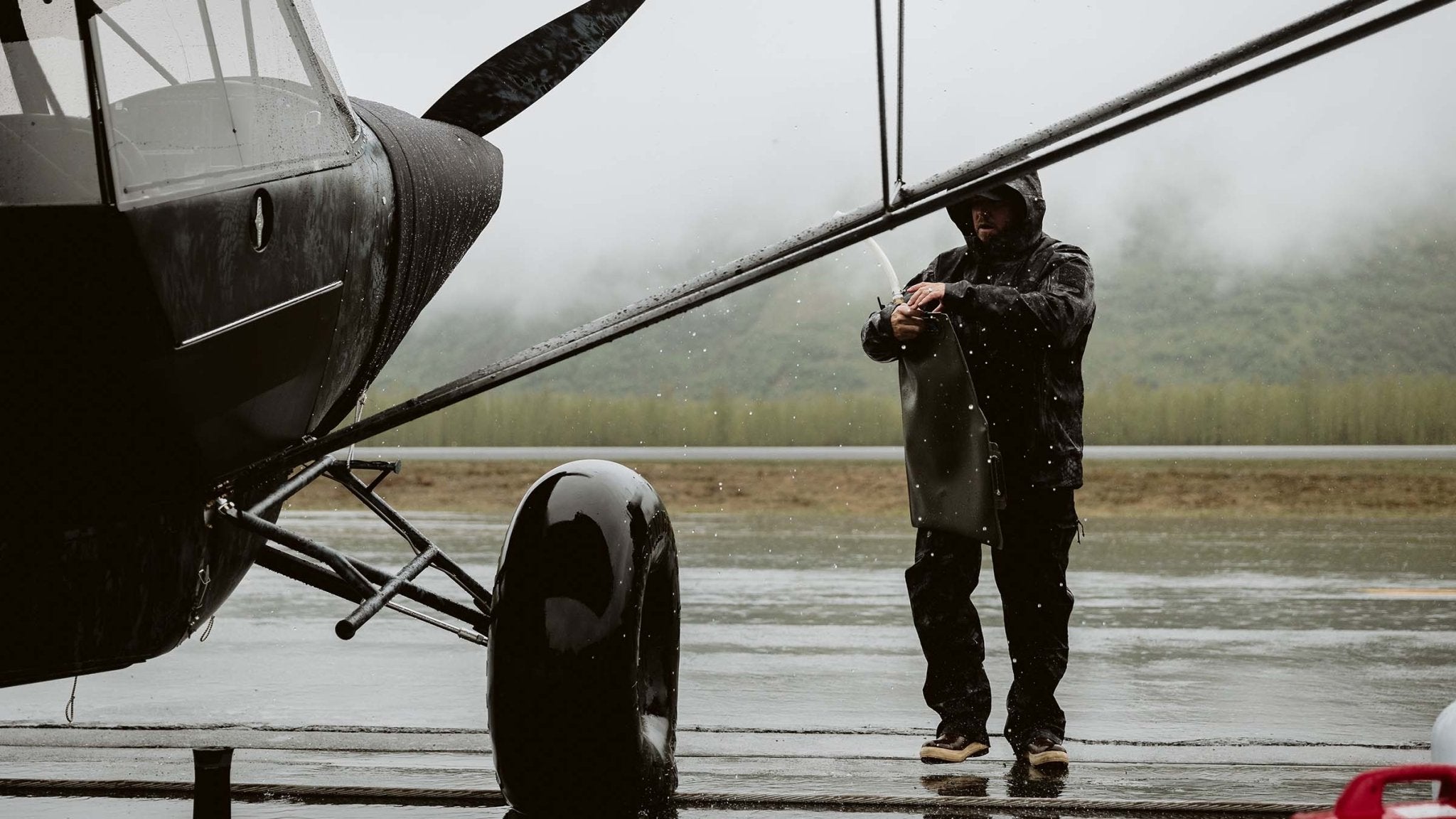


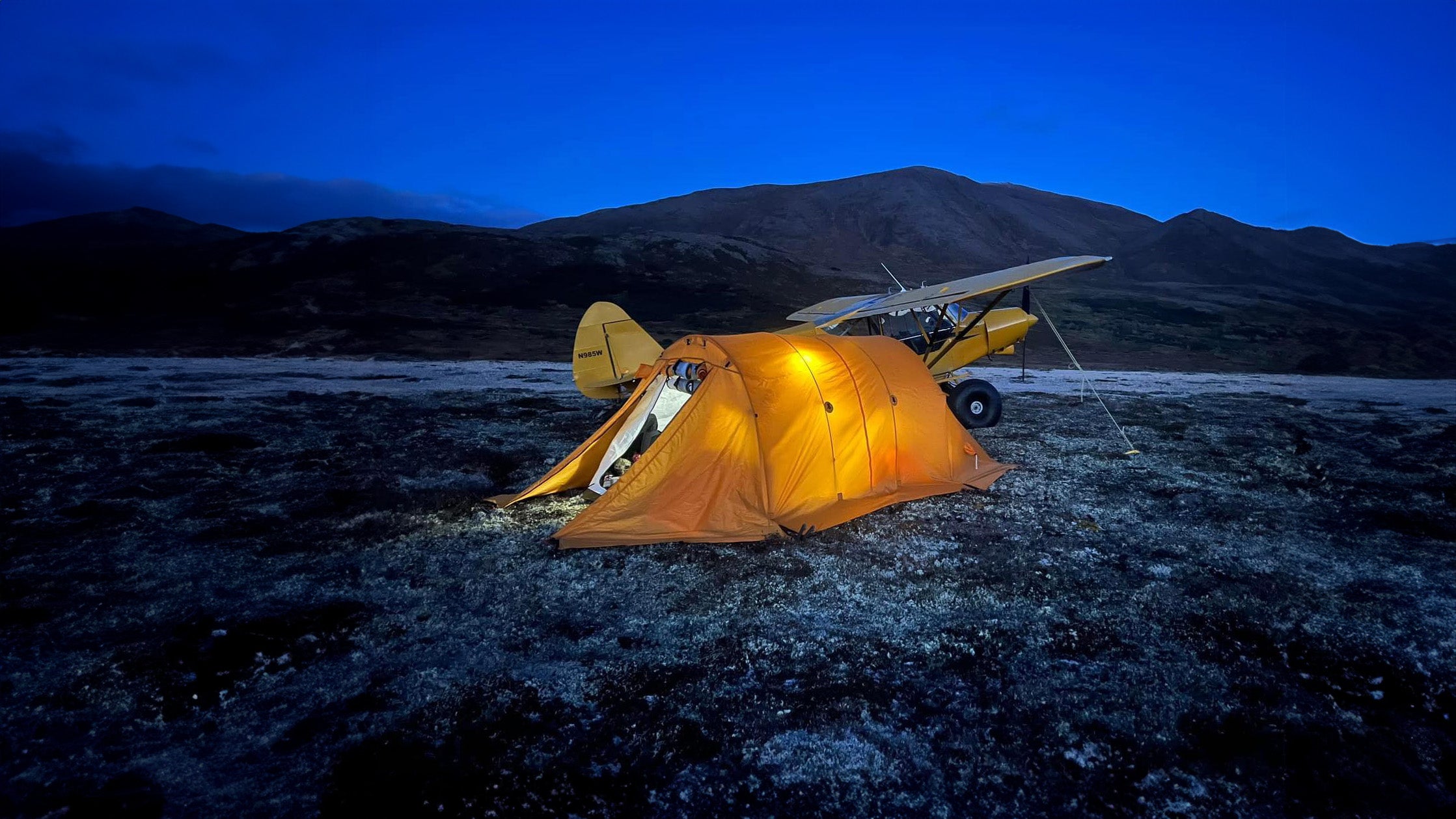


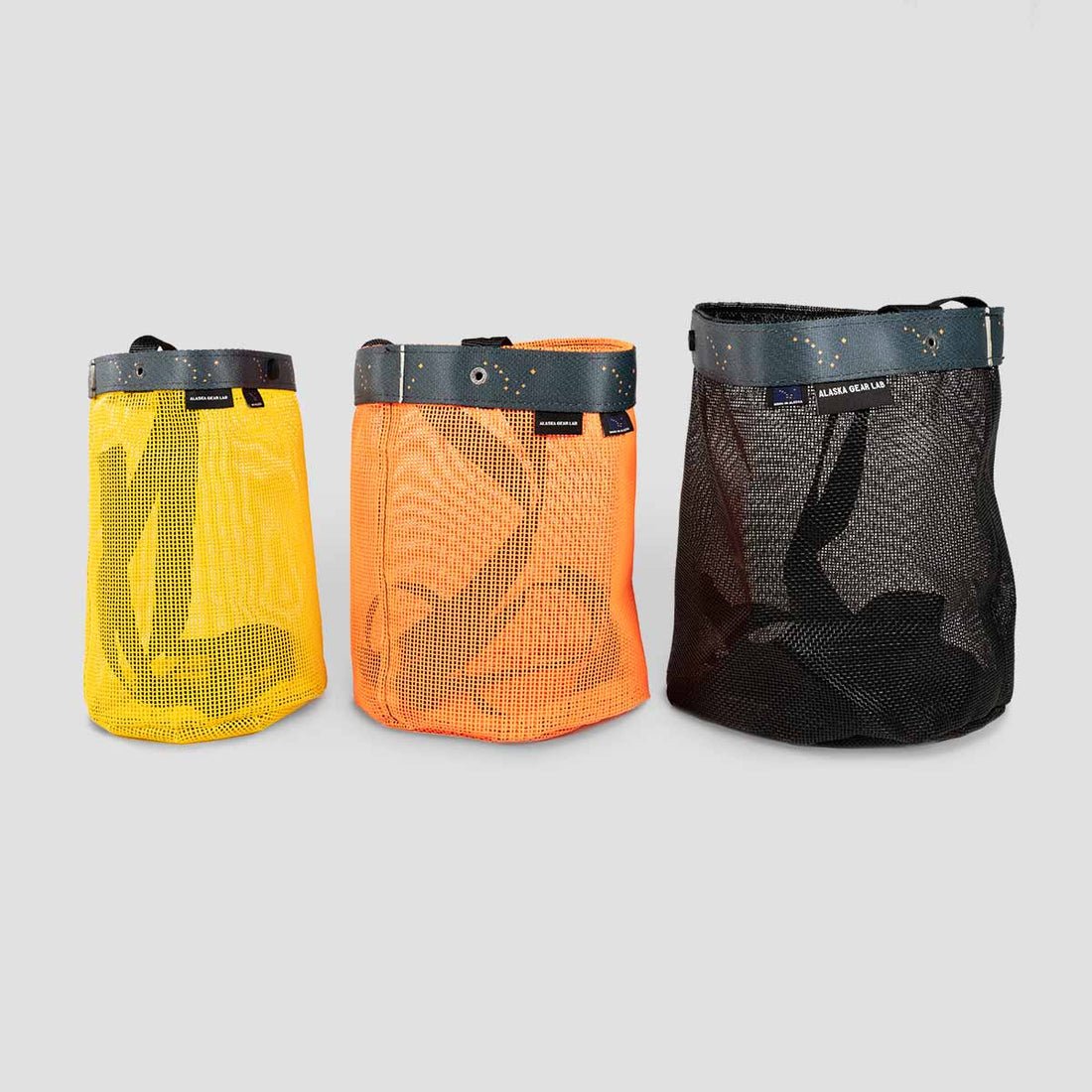
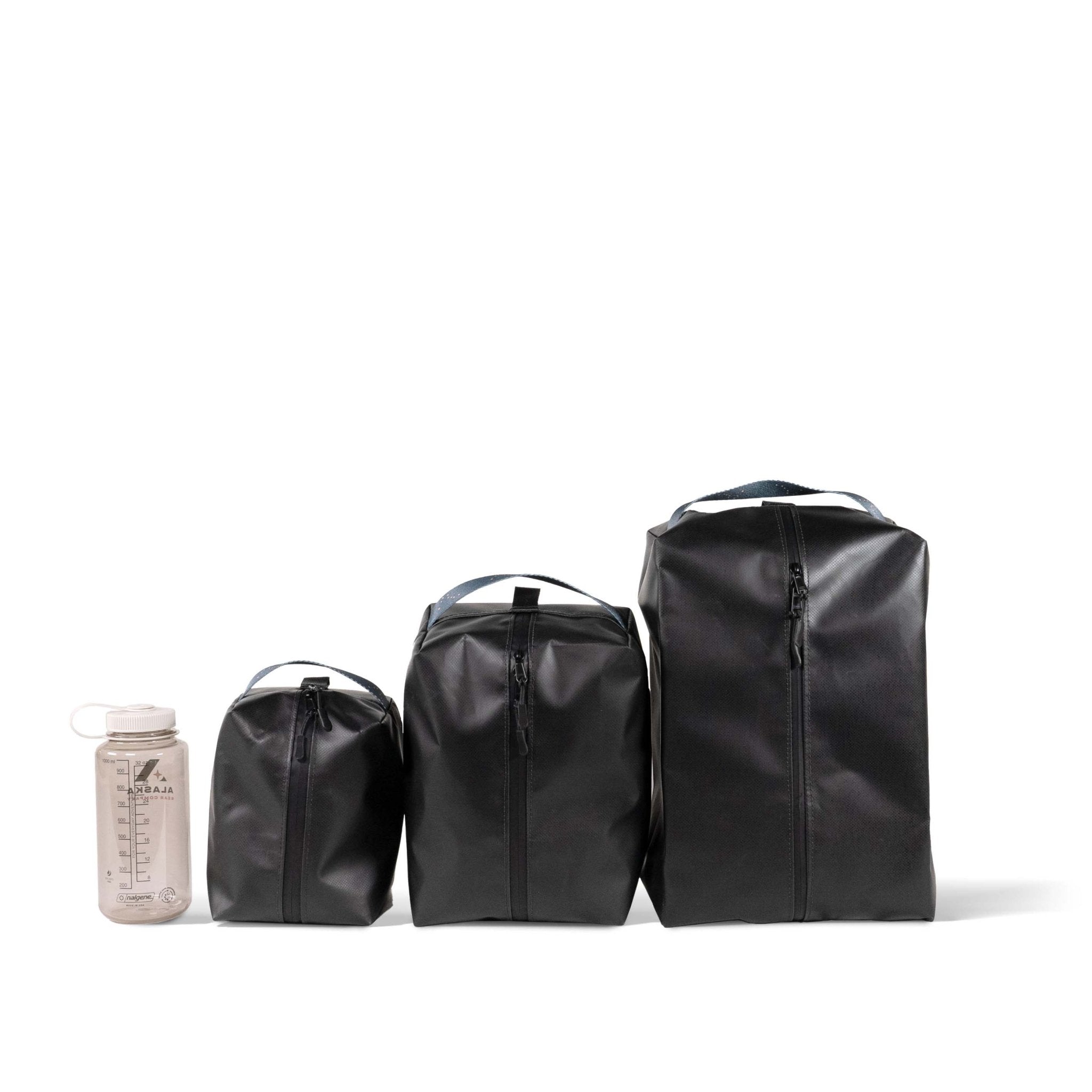
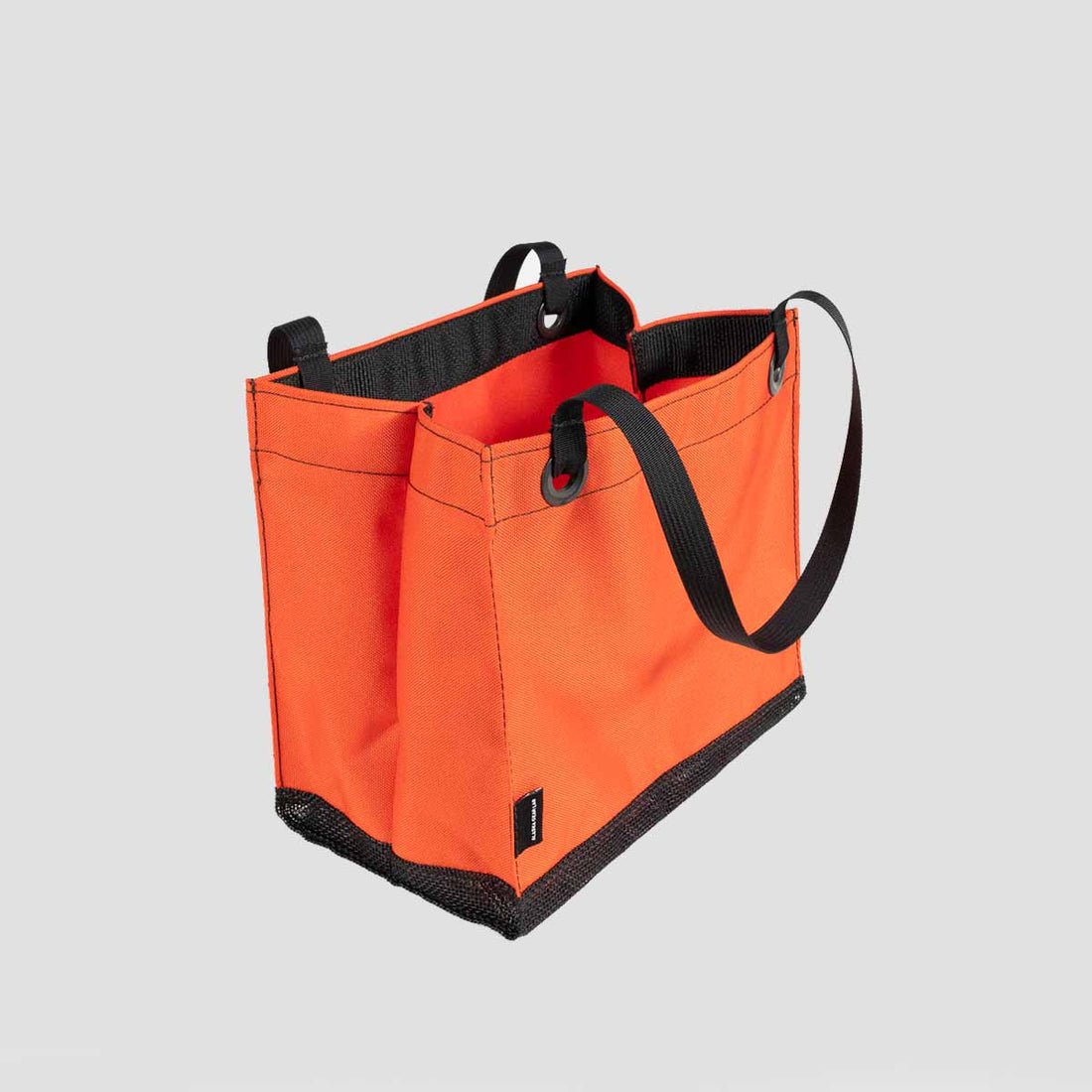
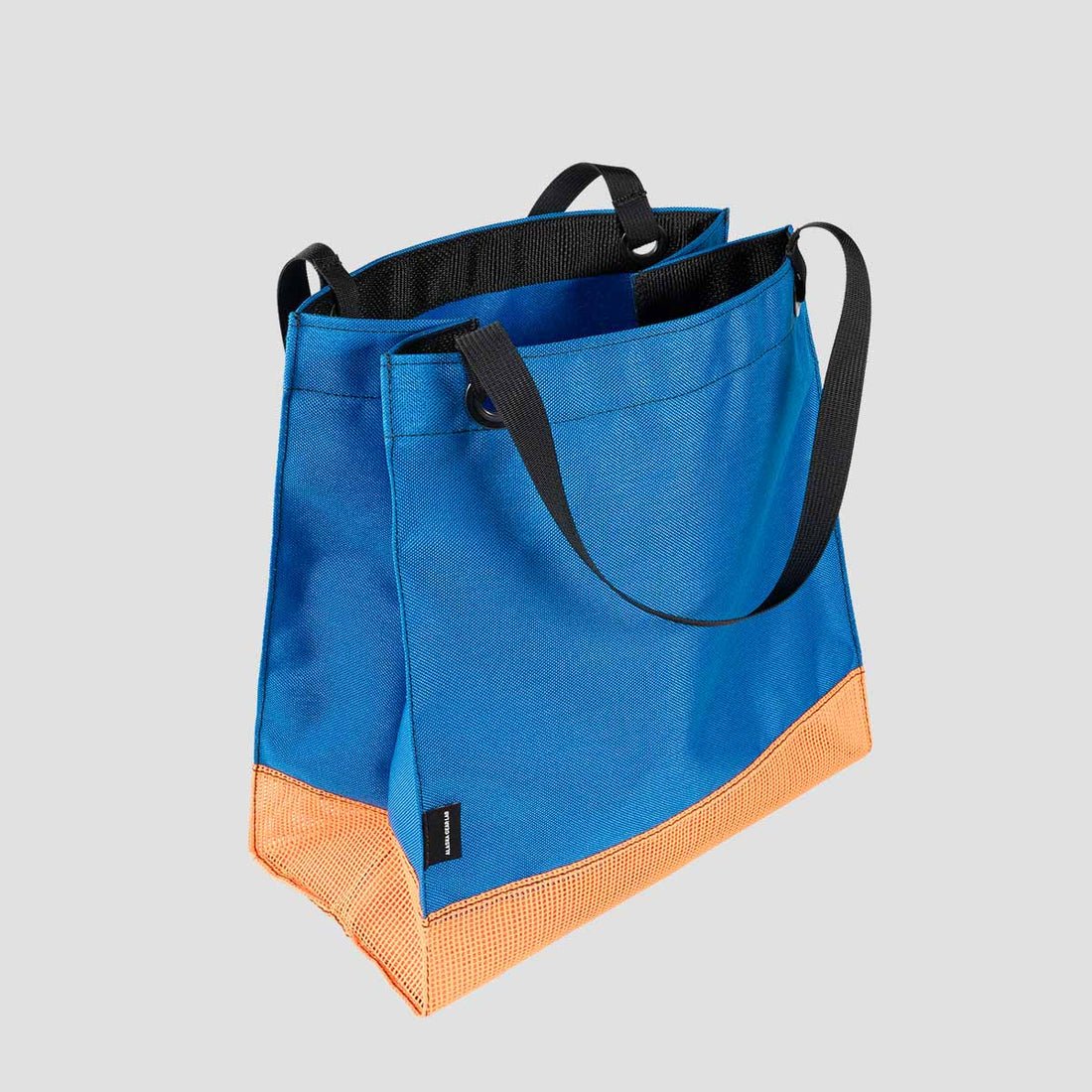
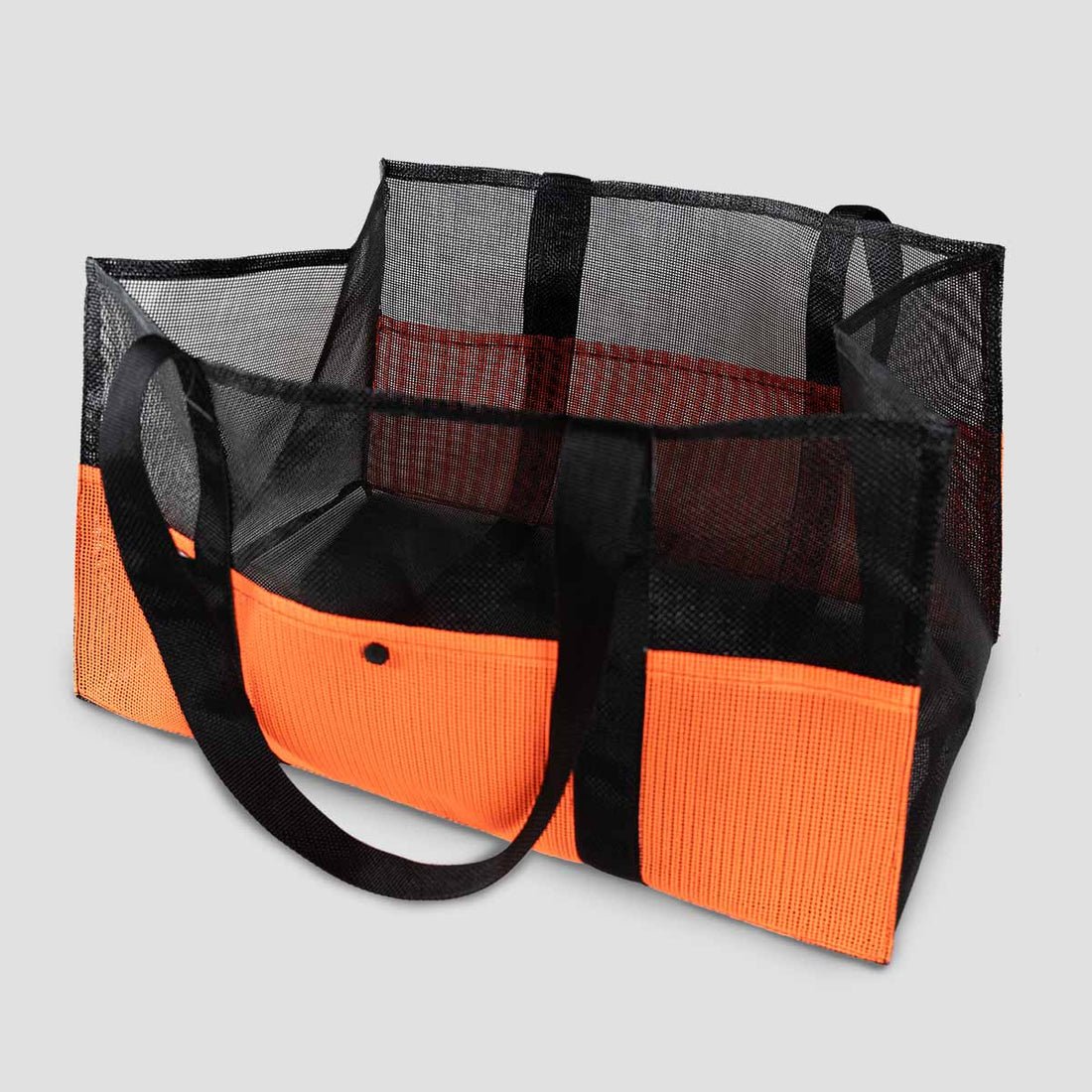
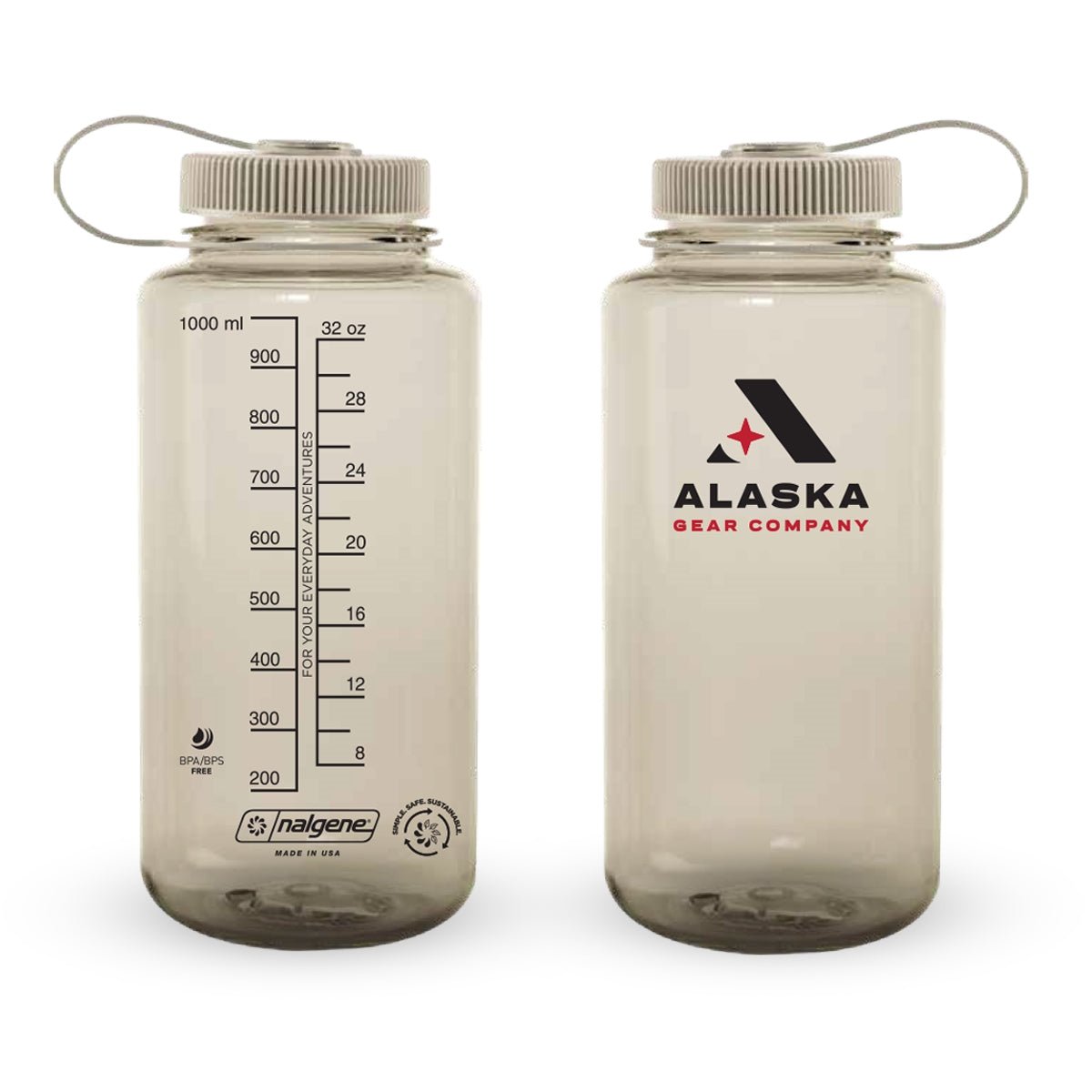
Leave a comment